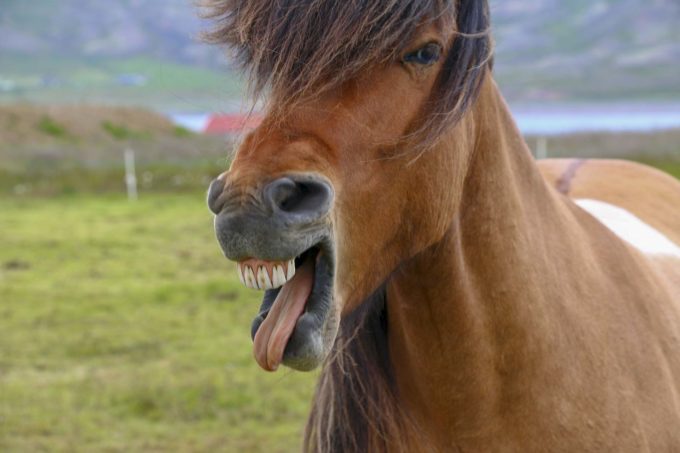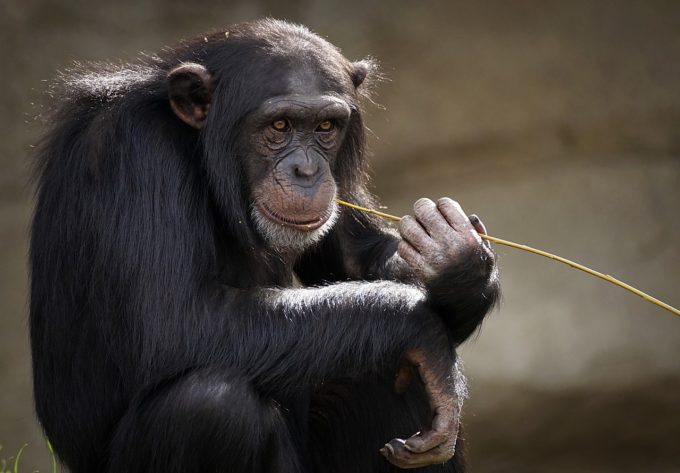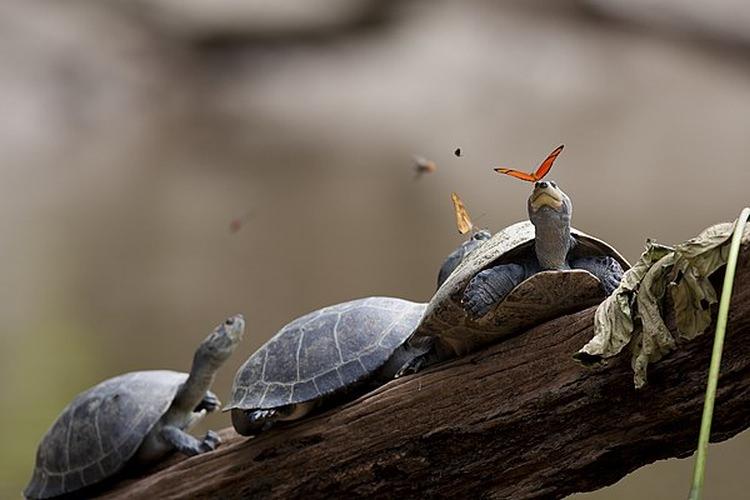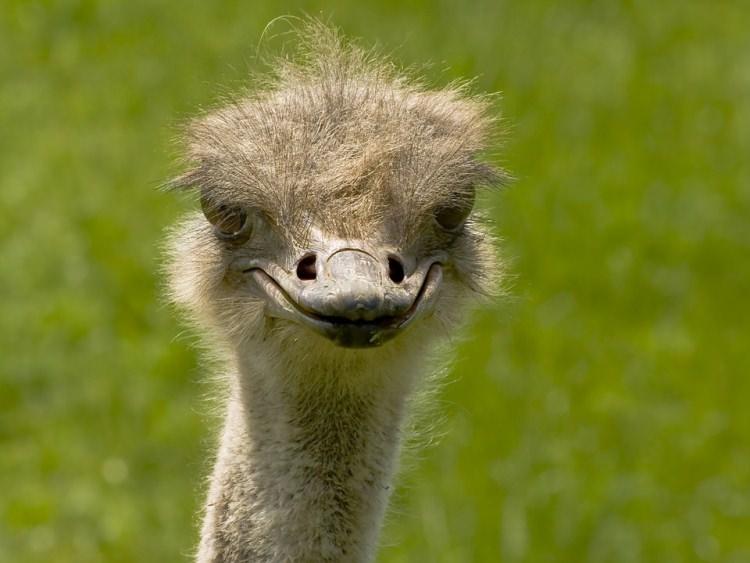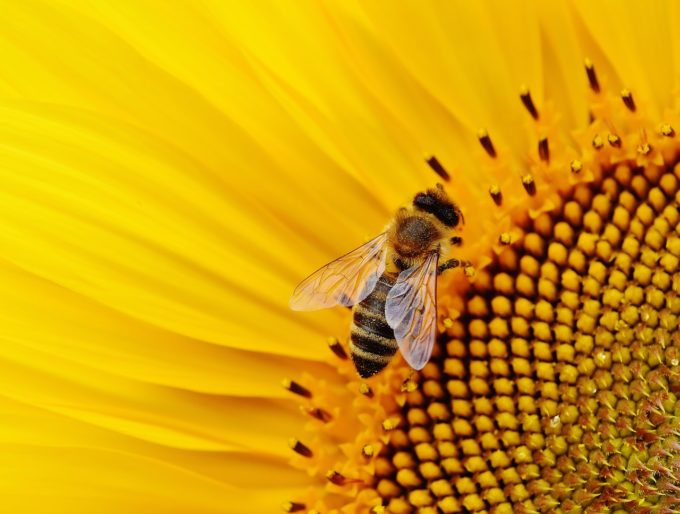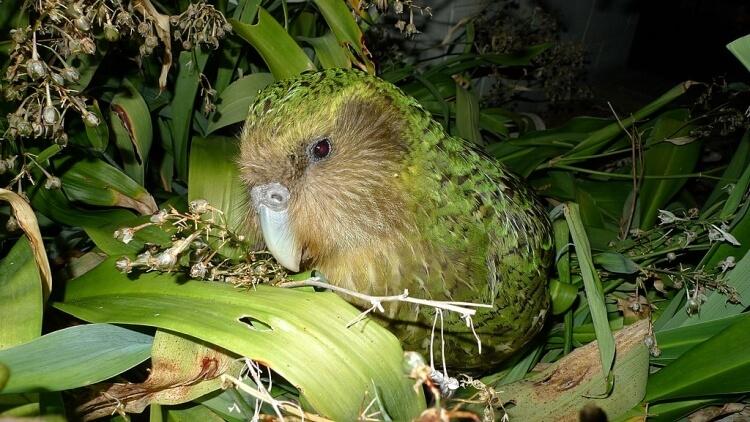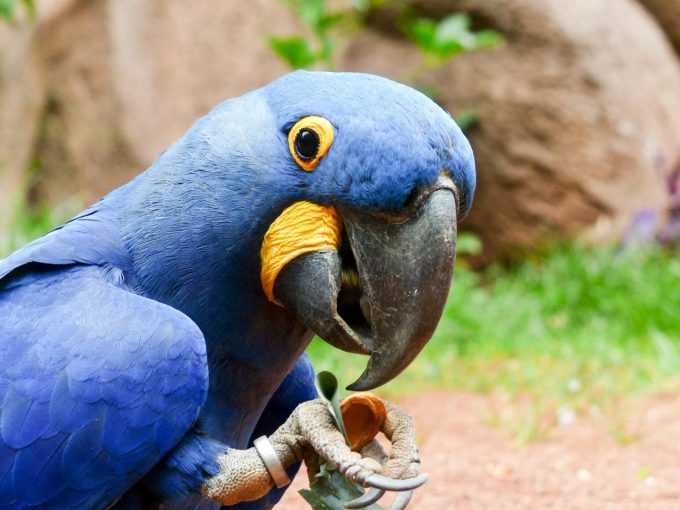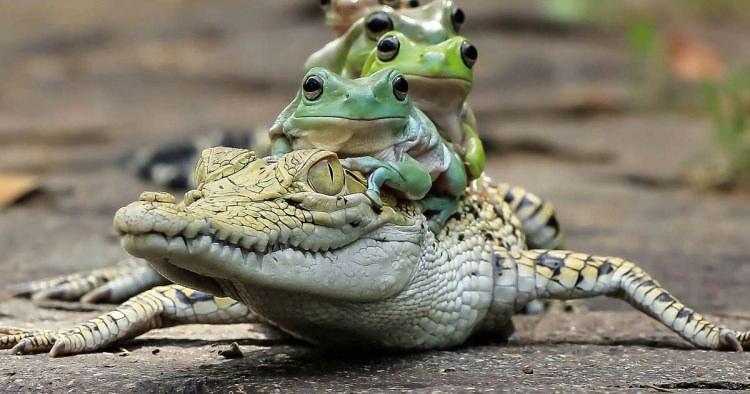
The animal world still hides many secrets from us. Scientists have already discovered many surprising facts about different species of animals. Here is a list of surprising curiosities from the world of animals.
Animals living in all parts of the world provide people not only with a lot of joy, warmth, but also unforgettable impressions. They are the most diverse group of organisms on our planet.
Their different behavior, way of functioning and the forms they take depend on many factors, mainly environmental. The fauna world surprises even scientists who are constantly discovering newer and newer species of animals.
We do not know much about those that surround us every day, and even less about wild, and even those still unknown to us species. Sometimes animals amaze, other times they surprise with their intelligence, and most often they amuse to tears.
They are human companions from the very beginning. Some of them become the closest friends.
There are countless curiosities about these colorful and diverse creatures. There is my collection of some of the best ones.
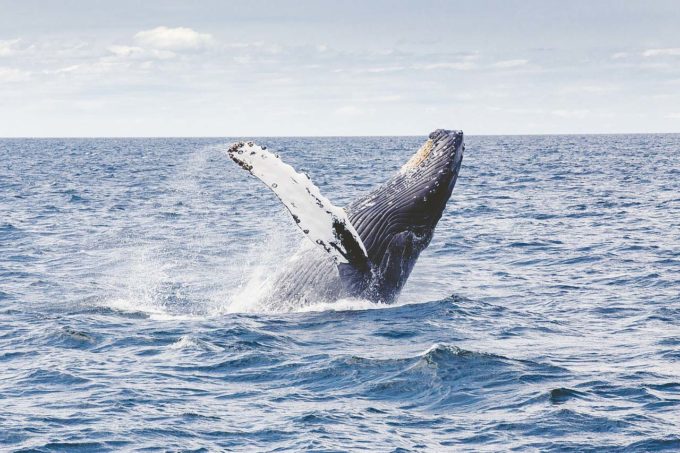
**INTERESTING FACTS**
- the crocodile cannot eat for a year. Although we imagine this animal as having a huge appetite and see it as a threat to our lives, an adult crocodile can spend a year waiting for an opportunity to feed. These animals have a significantly slow metabolism and at the same time a low energy requirement.
- Shrimps have a heart located in the head.
- The ostrich eye is larger than the bird’s brain.
- Hummingbirds are the only birds that can fly backwards. Hummingbird wings strike up to 80 times per second.
- About the tiger – did you know that the stripes are not only on the fur, but also on the skin.
- Sloths spend most of their lives hanging upside down in trees. They got their name from their slow movement. Climb a 16 m tall tree in 10 minutes. They move on the ground crawling at a speed of 7 meters per minute. Interestingly, when swimming in water, they move 3 times faster than crawling on the ground, and under water they can last up to 40 minutes with one breath.
- Snails can fall asleep for up to three years.
- The most popular breed of dogs in the world is the Labrador
- One of the monogamous animals is flamingos. These birds lay one egg each year. The egg is laid, the female incubates for 28. After hatching, the parents take care of their offspring and feed them.
- Butterflies have taste receptors located on the legs.
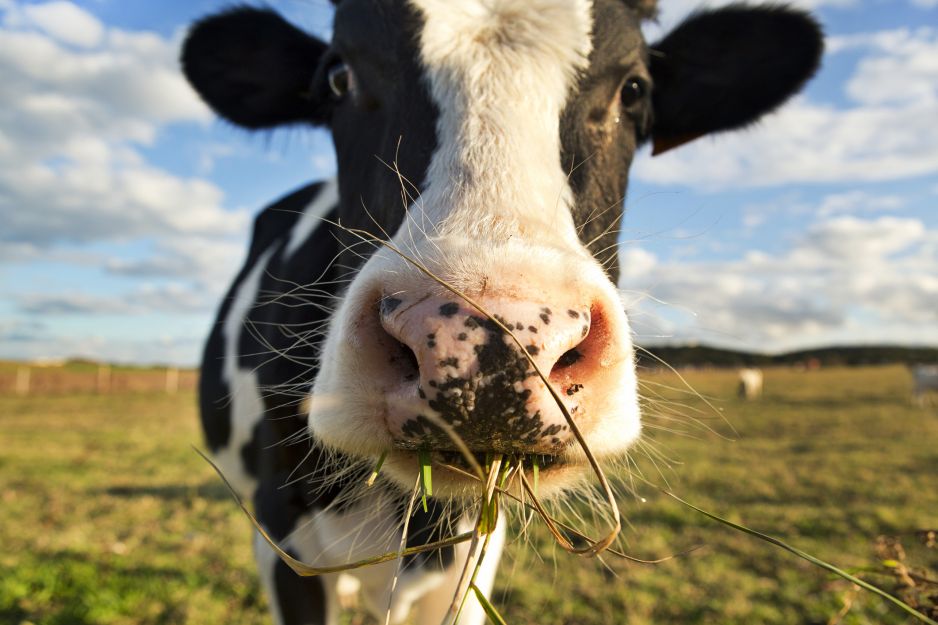
- Wolves are born blind; only after 12 days do they open their eyes.
- There is a jellyfish species (Turritopsis dohrnii) that is considered immortal. The organisms of these animals can perfectly regenerate the cells of their body, turning them into a different type (transdifferentiation).
- Bees can dance. Circles circling in the air signal a new source of pollen or nectar.
- Some species of basilisk lizards can run long distances on the water when escaping from a predator, which is why they are colloquially called Jesus Christ’s lizards.
- Camels are animals that manage water very well in their own organisms. They tolerate water loss of up to 30% of body weight.
- Goats were the first animals that humans looked after over 9,000 years ago.
- There are probably no two identical tigers, as the stripes adorn both their fur and skin and are unique to each individual.
- The tiger’s legs are so strong that even when the animal dies, they are able to keep its dead body upright.
- Supposedly, in order to avoid clenching the jaws and being swallowed by a crocodile, it is enough to press a finger into its eye.
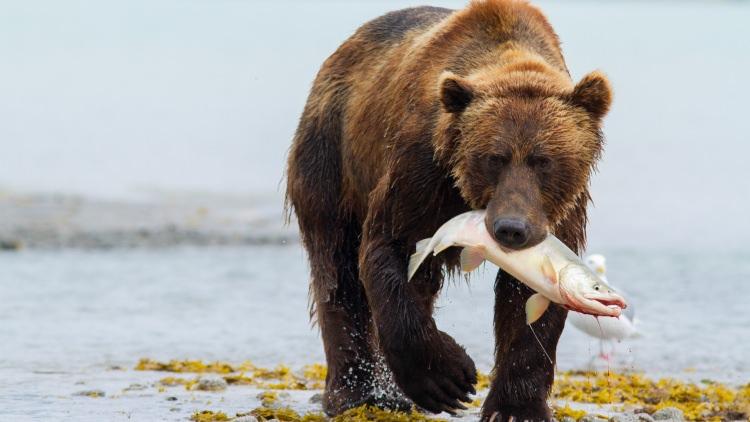
- Although butterflies have two eyes with thousands of lenses, they see few colors – just green, yellow, and red.
- Snails are specialists in the field of eyes, they can regenerate the eye if they lose it.
- The most popular breed of dog is the Labrador. You can read about this breed of dog HERE. His gentle nature, vigor and intelligence are used in the police services, as well as with the help of people with disabilities. They are also dogs that can maintain great relationships with children.
- Dogs and cats can be identified by a unique nose print.
- Some of the animals can count. These include chimpanzees’ canaries and coots. For example, birds can tell if and how many eggs have been planted in their nest.
- Squirrels are fruit growers by chance. When burying seeds in the ground, they often forget their exact location, which is why they plant a lot of new trees.
- Sheep can cure abdominal pain and infection with intestinal parasites. By changing their diet and looking for plants containing saponin and tannin, they get rid of unpleasant ailments.
- Leopards can run at a speed of 58 km / h.
- Elephants can spend up to 16 hours a day just eating. This is because they are herbivores, and their bodies require a sumptuous amount of food to satisfy their hunger.
- Elephants can find water through their sense of smell from as little as 3 miles.
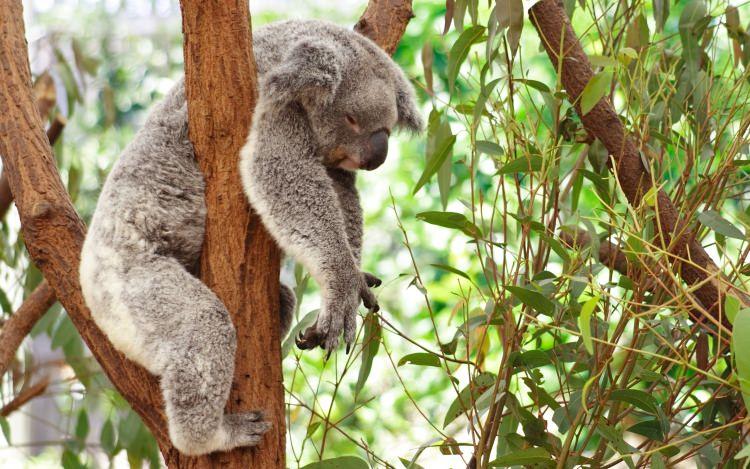
- Elephants are capable of empathy for their own kind and other animals. There are cases when these animals comforted other individuals of their species or mourned their companions (not necessarily of the same species).
- The elephant is the only mammal that cannot jump.
- Chimpanzees are the most intelligent of the primates. They can talk using facial expressions and voice modulation. They also often use various gestures to express their mood or intentions.
- One of the largest predators on the planet is the eagle, with a wingspan of up to 2 meters.
- Elephants are known to be the largest living mammals on land.
- Maasai who live in Kenya and Tanzania, according to old traditions, to this day leave the bodies of their deceased relatives to be eaten by hyenas.
- Kakapo is the only parrot in the world that… cannot fly.
- The owl’s eye is a surprising organ not only because these birds can see perfectly at night. It turns out that the owl’s eye works similarly to a telephoto lens – it is able to enlarge the image seen.
- The flying dragon is a species of lizard that flies through the air. The flight of this tiny reptile is a short soaring flight, with membranous wings on its back to hover.
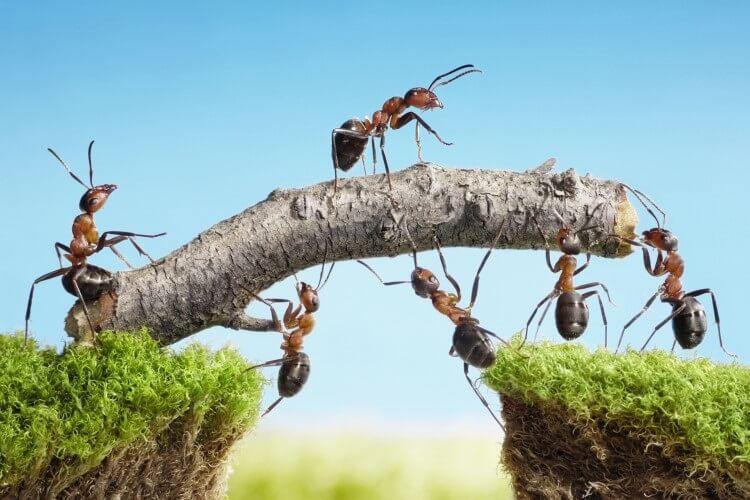
- you know that a headless cockroach can live up to several weeks? After this time, he will eventually starve to death.
- In order to free yourself from the grip of the crocodile’s jaws … stick your finger in its eye … but we do not advise you to experiment with it …
- Beaver teeth continue to grow throughout the life of these animals. Consequently, these mammals have to regularly grind their teeth … otherwise they would grow into the brain.
- On average, an ant is able to lift 5 to 20 times its weight. So how many ants would be needed to lift a human? Suppose we are talking about a person who weighs 75 kg and an ant that weighs 5 milligrams. Then we need from 750,000 (assuming it will lift 20 times its own weight) to 3 million ants (assuming the ant will lift 5 times its own weight)!
- Zebras and ostriches are animals that live together very often for safety reasons. The zebra has better hearing and sense of smell, and the ostrich has better eyesight.
- Snails are mollusks that have teeth. Some species have about 60 thousand. micro-teeth.
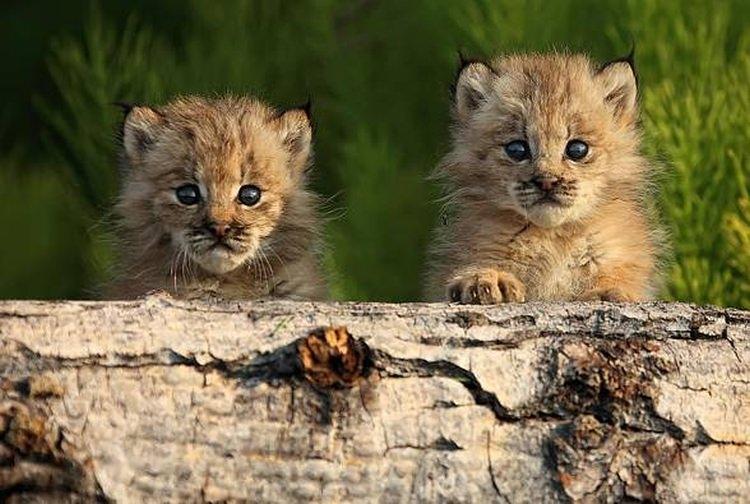
- Jellyfish do not have a brain; they sense any changes in their environment through their nerve networks.
- Giraffes do not have vocal cords. Their black and blue tongue is 50 cm and is so long that they can reach their ears – and now beware – these tallest mammals in the world use their tongue to wash their ears!
- Monkeys are able to count and even understand written numbers.
- Dolphins communicate with each other both verbally – using echolocation, and non-verbally – by wagging their tail or by adopting appropriate body poses.
- Leopards can also make a 6-meter jump.
- Flamingos’ knees do not bend the other way than, for example, on a human. It is just an impression. In fact, the knees of these animals are just below the plumage, and what we mistakenly call it is actually the ankle joint.
- Polar bears are not really white at all. Their skin is black, and their fur is transparent. Only the play of light reflected by the numerous hairs gives the impression that the fur is white.
- Killer whales can eat up to 227 kg of food a day, consisting of fish, seals, penguins, squid, and sea turtles.
- Beaver teeth grow constantly, therefore these animals have to rub them against various objects.
- Ants have no lungs and do not need sleep.
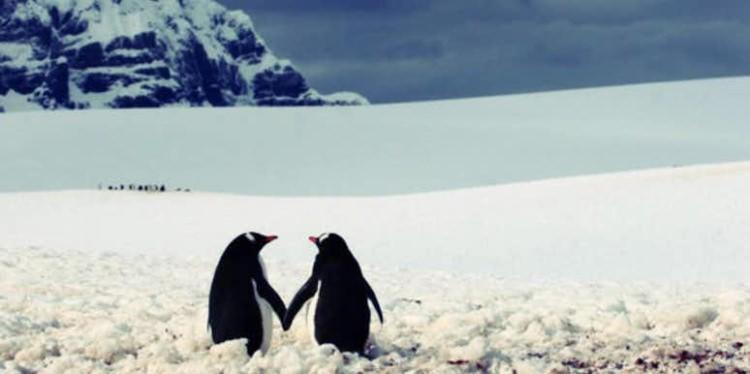
- There are about a million ants for every person on the planet.
- The giraffe’s tongue is two-colored: blue and black.
- A giraffe’s neck can be as long as 4 to 5 meters.
- Giraffe pregnancy lasts about 15 months.
- Giraffes only sleep one to two hours a day.
- The giraffe’s tongue is long enough that it can reach the ears with it, if only to clean them.
- The age of the giraffes is important in relation to their coloration. Their skin darkens with age.
- The reindeer is the only deer species that exhibits antlers in both male and female sexes.
- The sounds made by a puma can be compared to the murmur of a motorcycle when it is on.
- Rabbits have an ability that is extremely useful in fighting a predator. It is about panoramic vision, i.e., 360-degree vision.
- Horses can sleep standing up. The structure of their limbs is responsible for this. The horse’s front legs get blocked in the joints because the fluid in the joint capsules dries up. Thanks to this, the knees do not bend, while the muscles mounted on the limb skeleton can rest. However, it should be noted that a horse is able to activate a blocked joint immediately.
- Octopuses have 3 hearts.
- Oysters are so interesting animals that, depending on the need, they can change sex.
- The sex of turtles is easy to recognize by the characteristic sounds they make. Females hiss while male’s grunt.
- Swans have over 25,000 feathers on their body.
- Cows are able to climb stairs to their top. Descent is a problem for them because the way their hind feet bend prevent them from doing so.
- Cows are herd animals that choose their best friends. Separation and isolation are not well tolerated by them. Lack of companionship with their favorite individuals of this species makes them restless and nervous.
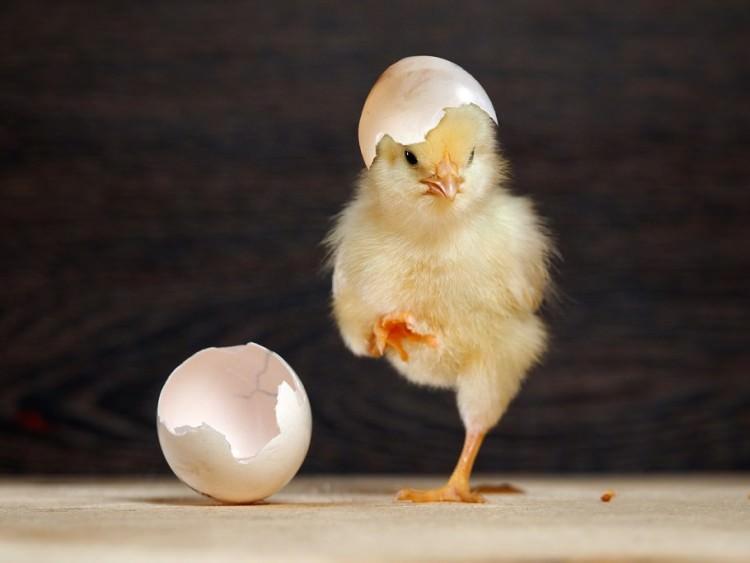
- It has been proven that cows produce more milk to the sounds of classical music. Gentle classical music improves the milk yield of cows because it reduces stress. These animals have extremely sensitive hearing; therefore, noise is perceived by them much worse than it seems to humans. They are able to pick up the meaning of more sounds higher and lower than people’s ears.
- The parrot is the only bird that can move both the top and the bottom of its beak at the same time.
- Otters usually hold their paws when they sleep. They do it in order not to fall apart.
- Humpback whales pass their mating songs to future generations.
- The proposal of a gentian penguin consists in giving the chosen one a pebble. Whether a given female accepts the gift will depend on whether they will become partners.
- Dogs that feel content will wag their tail to the right. If they wave to the left, they feel upset.
- Seahorses choose one mate for life.
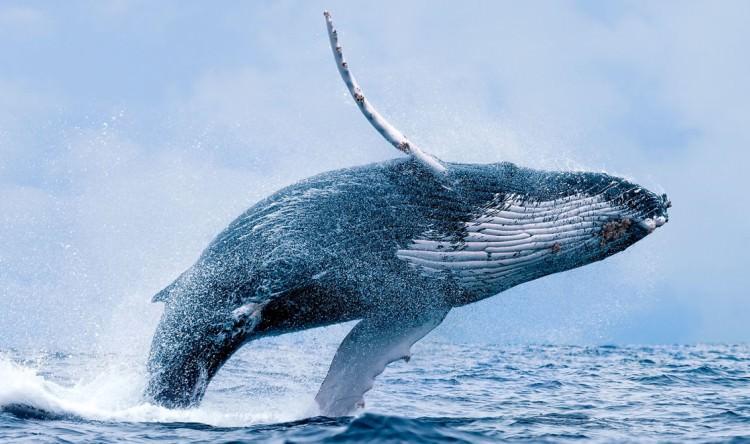
- Seahorses are the slowest fish as they move at a speed of only 0.016 km / h.
- The hummingbird is the only known bird that can fly backwards.
- When the bats fly out of the cave, they turn left without exception.
- Koalas can sleep up to 20 hours a day.
- Headless cockroaches can live, not for a short time, but up to several weeks.
- Young foxes weigh only 100 grams. At the same time, they are completely defenseless, because they cannot walk after birth, they are also blind and deaf. For this reason, the mother must take care of them so that survived. During this time, it is the father who brings the food and feeds the whole family.
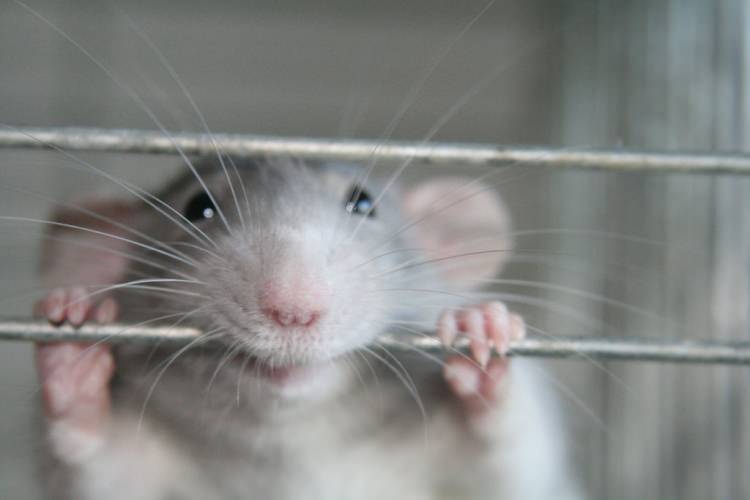
- The slowest fish in the world are seahorses. They move at a speed of 0.016 km / h. The fastest fish in the world, which can swim up to 129 km / h, is the Black Marlin, which occurs in the tropical regions of the Indian and Pacific Oceans.
- While they look funny and are lovable to most of us, hippos are extremely dangerous animals. When males fight for territory, one of the hippos can even lose a life. Hippos are not afraid of humans or even crocodiles. About 2,900 people are killed by hippos each year. An attack occurs when it intrudes into its territory.
- La Paz, Bolivia, became the first city in South America that was powered by electricity, this one was produced … from lama dung.
- Oysters are mollusks that can change sex depending on which is more useful at the moment.
- The shells of all turtle species are embedded in their skeletons.
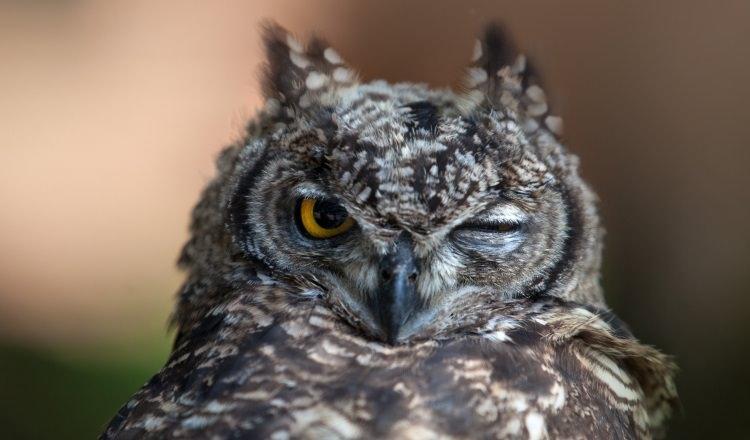
- Fleas are small (1 to 10 mm body length) parasites that inhabit almost the entire area of the Earth. These insects have strongly developed legs that allow them to jump long. How far do fleas jump? In one jump, they are able to cover a distance of 150-200 times their body length, while jump heights can reach over 30 cm!
- The noses of dogs and cats are like human fingerprints. Each nose, like a human fingerprint, is unique.
- Tourists visiting Arab countries probably had the opportunity to see a cobra dancing to the music played on a flute by a fakir – a snake charmer. Hardly anyone knows, however, that cobras are deaf. Their “dance” is a kind of trick – a reaction to the fakir’s stomping foot (cobras feel the vibration in the skull) by the fakir – this causes the cobra to ruffle in response to a potential threat, and then the cobra mimics the charmer’s movements by swinging from side to side.
- Ilha da Queimada Grande (sometimes called the Snake Island) and is inhabited by thousands of arboreal snakes from the endemic species of the island of snakes (Latin Bothrops insularis). These animals are about half a meter long and are dangerous to humans (their venom is deadly). There are 1 to 5 hoses for every square meter. Brazilian authorities have banned the island from entering. Only people with a special permit can get there. We wrote more about the island of snakes here.
- We are changing the subject. Time for an “elephant” curiosity. Did you know that elephants can recognize themselves in a mirror – only a few animals have this ability. This is further evidence of the high level of intelligence and self-awareness of these giants.
- Penguins only taste salty and sour, and do not recognize sweet, bitter and umami (the fifth taste distinguished by scientists relatively recently, delicate, and difficult to describe unambiguously). This means that they are unable to appreciate the taste of fish, their favorite delicacy.
- It is time for one more fun fact about penguins. Did you know that despite the lack of visible ears, they can boast an extremely sensitive sense of hearing? With the help of sounds among a group of even hundreds of penguins, they are able to find another individual.
- In the Amazon jungle, you can quite often meet a butterfly next to a turtle’s head. What are they doing? Well, butterflies drink turtles’ tears to replenish the sodium deficiency in their bodies.
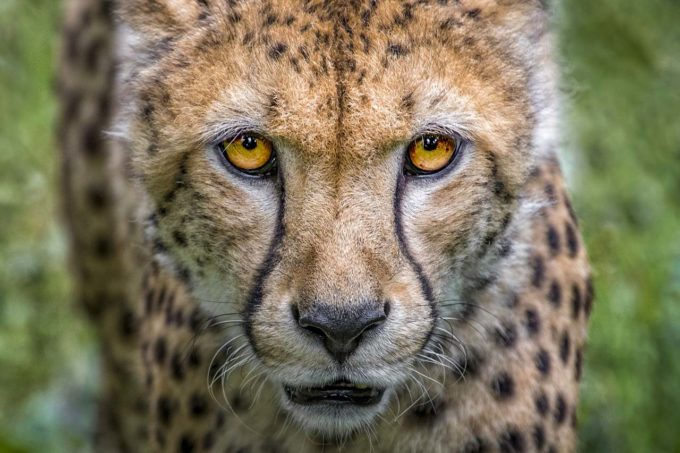
- Stress in cats is reduced (at least temporarily) if they can hide. This conclusion was reached some time ago by scientists from the University of Utrecht (the Netherlands). At that time, they examined the level of stress in cats that ended up in the shelter. Ten cats were given a cardboard box to hide in, while the other nine cats did not receive a box. It turned out that the cats that could dive into the box were much less stressed than the other group.
- A perch is a fish that can absorb oxygen from the air, crawl and crawl on land using its strong pectoral fins.
- Chimpanzees, orangutans, and gorillas belong to the group of great apes. Their characteristic features are arms reaching below the knees, short legs, and flat faces with a wide mouth.
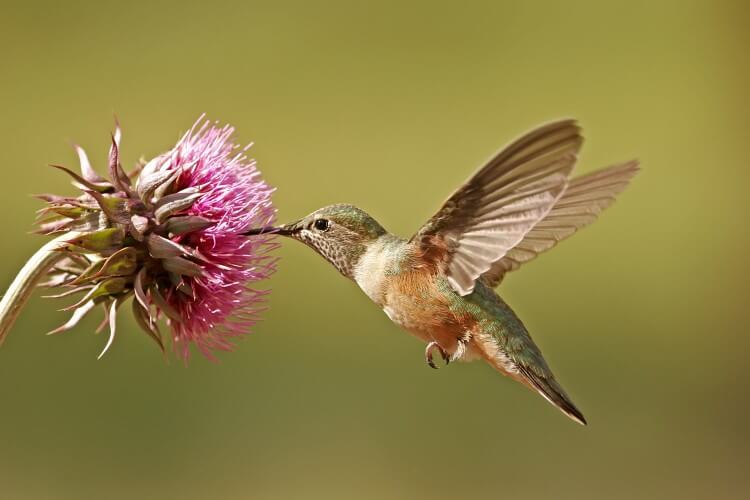
- Gaining half a kilogram of honey means that the bees collect nectar from almost 2 million flowers.
- A bee sting is death for her because it tears out its insides along with its hooked sting when it tries to remove it after being pierced into the skin.
- Goldfish’s memory goes back three months.
- If the goldfish is not exposed to light for an extended period of time, they will lose their color and become white gray.
- Ostriches have larger eyes compared to the size of their brains.
- There is a parrot in the world that has not mastered the ability to fly. It is the kakapo.
- The eyes of an owl work in an extremely useful way – they are able to enlarge the image seen almost like a telephoto lens.
- Snail hibernation can last up to 6 months.
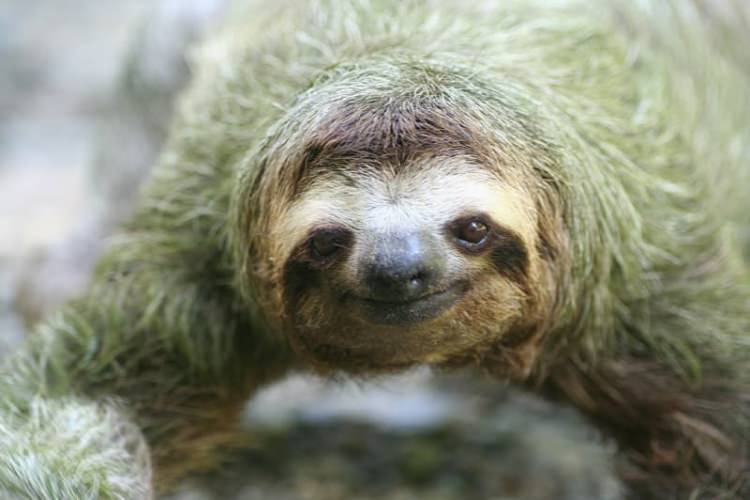
- A starving octopus is able to consume its own tentacle.
- The body structure of the shrimp is interesting. Her heart is in her head.
- More than 98% of human genes correspond to those found in chimpanzees.
- A whale’s heart beats just a few times a minute (around 9), while a goat’s heart beats nearly 90.
- Hippo sweat is oily, it can act like a moisturizing cream for sunbathing.
- The frog solves stomach problems in the following way: it spits it completely out of the body, then cleans it and puts it back inside.
- Pandas are animals that do not need specific sleeping times. Whether it is day or night, morning or noon, the panda can fall asleep at any time and wherever it wants.
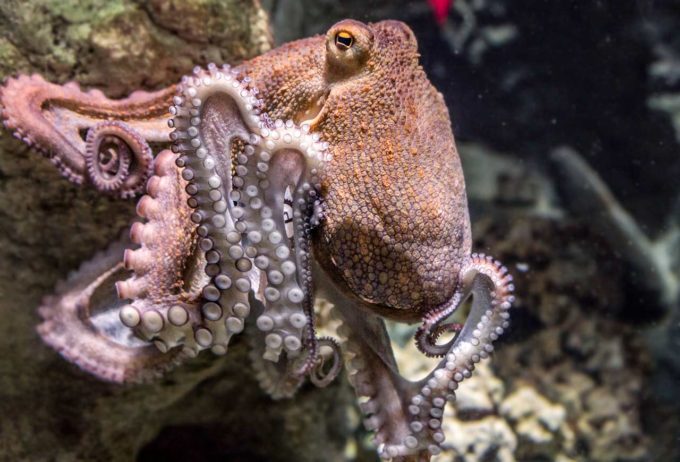
- A bird called blue jay can reliably imitate the call of a hawk. He does this when he wants to scare off other birds.
- Anteaters do not have teeth. Instead, nature endowed them with unusually long tongues (the longest was 90 cm).
- Lynx’s large paws enable them to run on deep layers of snow.
- A kiss is the customary greeting in prairie dogs.
- Mexican ambystoma is able to regenerate lost limbs.
- Australian wombats produce cube-shaped droppings.
- Sloths only leave the trees once a week just to defecate.
- Mammals that go through the menopause like humans are elephants and humpback whales.
- The octopus’s tentacles are used to describe taste and smell.
- A male ostrich can roar similar to sounds made by a lion.

- A koala hugging a tree means it has decided to cool off.
- The prawns swim backwards.
- Clownfish are born as hermaphrodites, additionally they can change sex depending on preferences.
- The buffalo developed its own escape mode from predators. It consists in running in a zigzag.
- Foxes can locate a mouse from a distance of 100 meters.
- Hedgehogs sleep up to 18 hours a day.
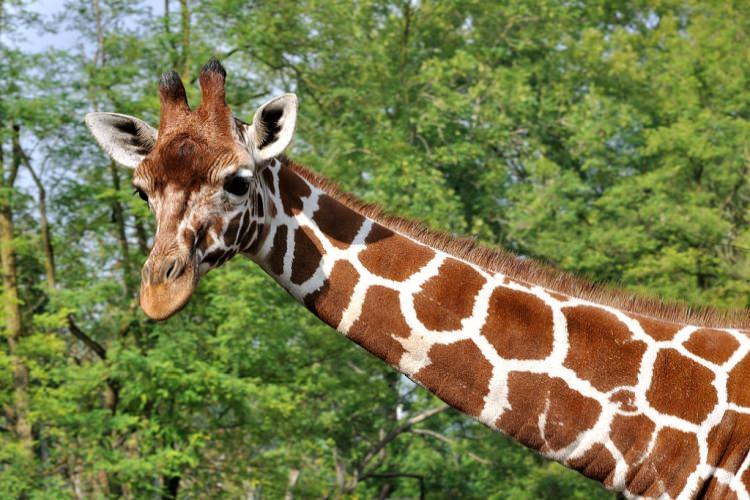
- The cheetah is the fastest land animal. Three seconds is enough for him to accelerate to 96.6 km / h or even higher speeds.
- The only spider that spends its entire life under water is called the Topic.
- The animals that like to stick together are ostriches and zebras. They use their strengths to increase their own security. Ostriches can see better, and zebras have good hearing.
- Grasshopper’s blood is white.
- Rats can laugh, especially when they feel tickled.
- Owl’s eyelids are a three-task set: some eyelids are for blinking, others for sleeping and the last for cleansing.
- Finding a mate by a wolf can cost him a long journey. The wolf’s motivation is so great that it is able to walk 600 km in just 2 weeks.
- Young boar are born with open eyes.
- Swans can remember who was kind to them and who hurt them.
- Snails have a lot of teeth (some of them even 60,000 micro-teeth).
- The cheetah cannot hide its claws. It can accelerate from 0 to 113 km in just a few seconds.
